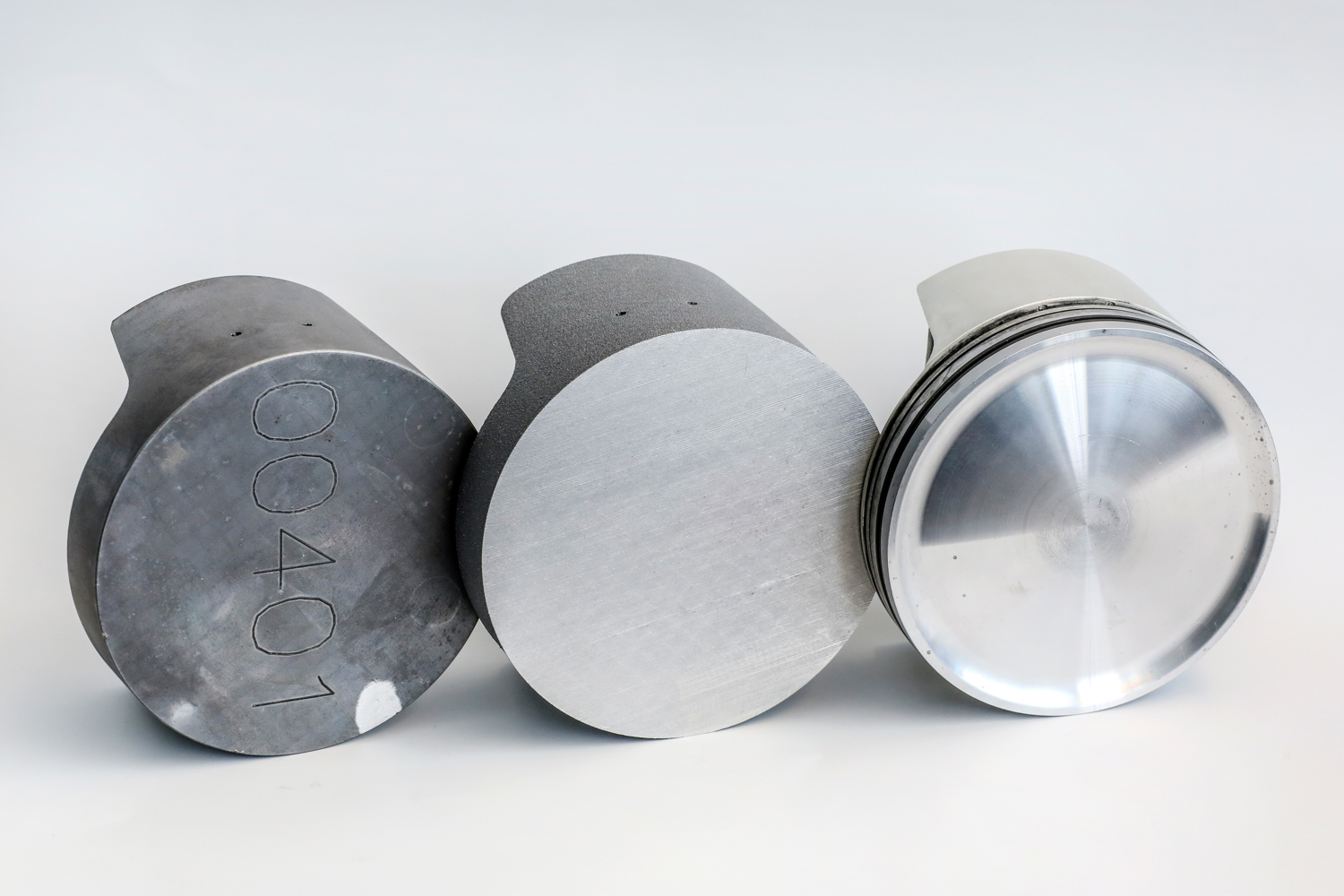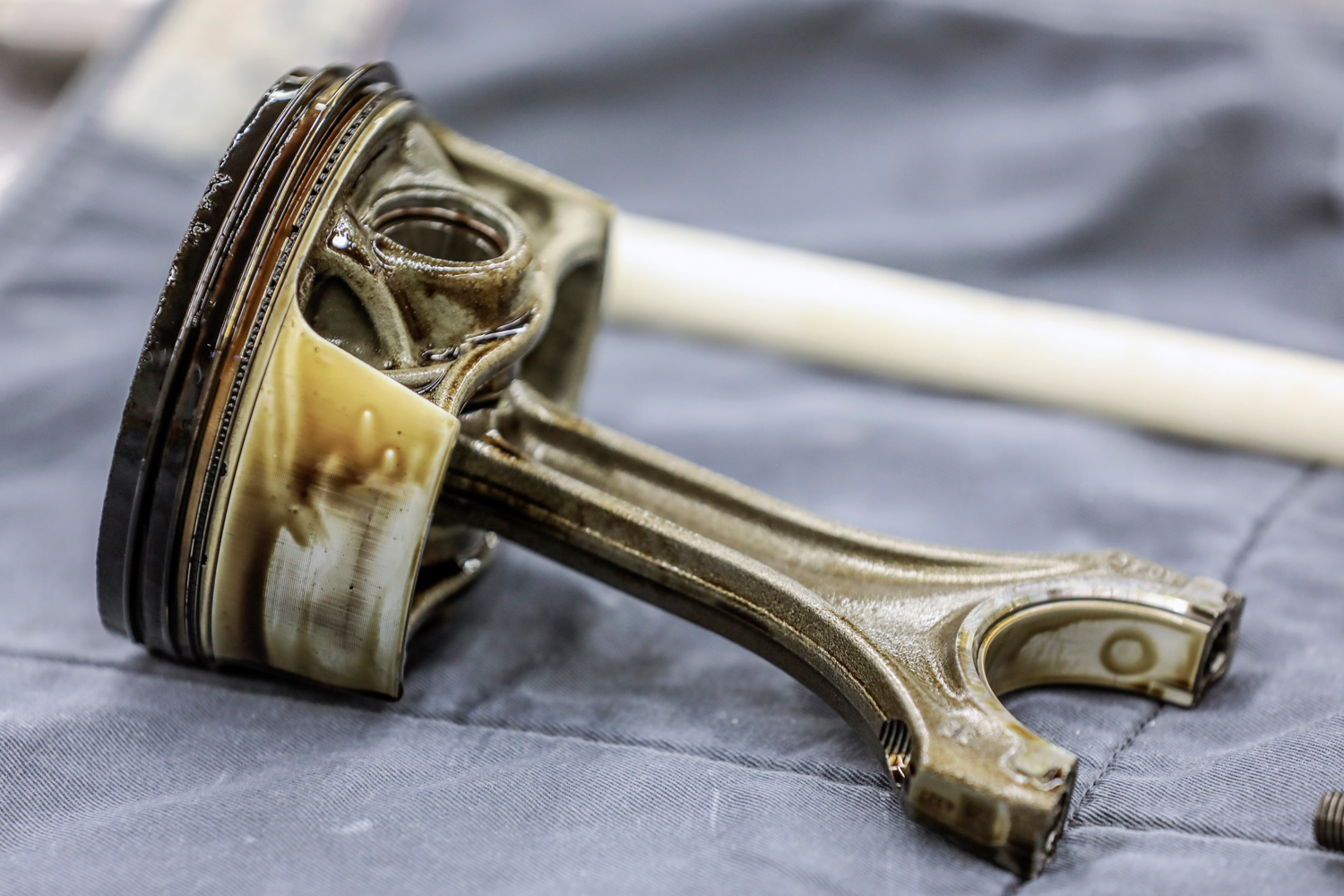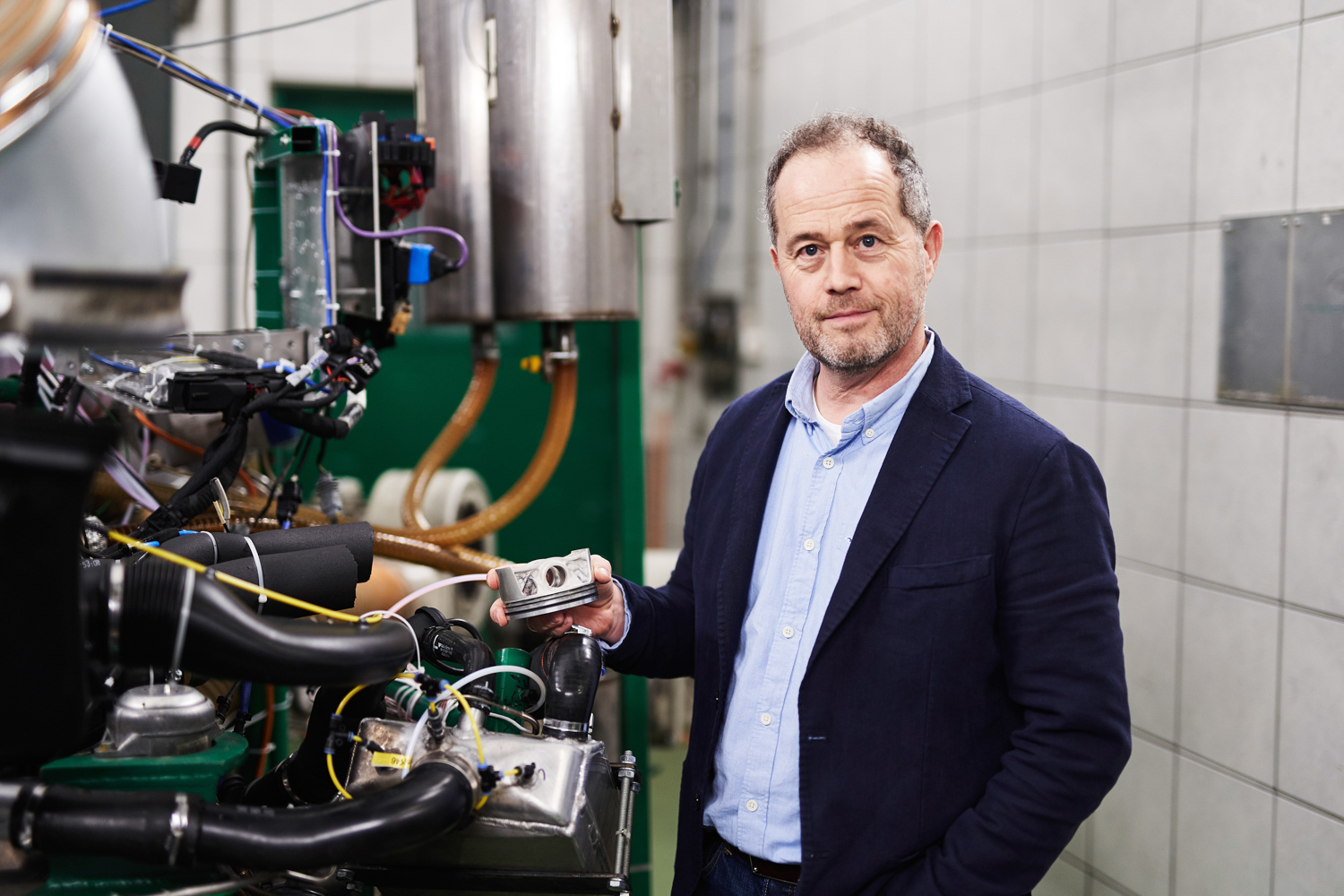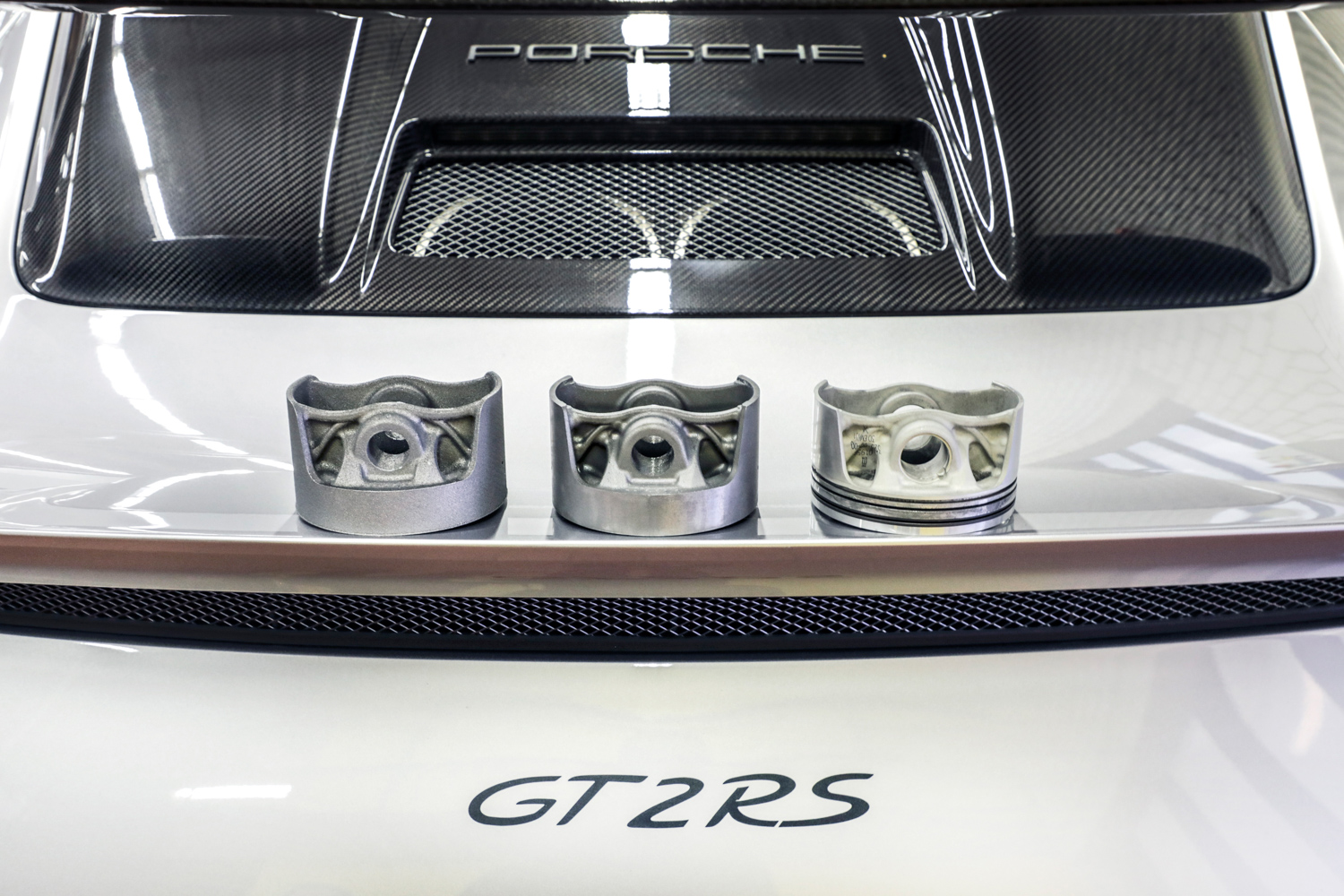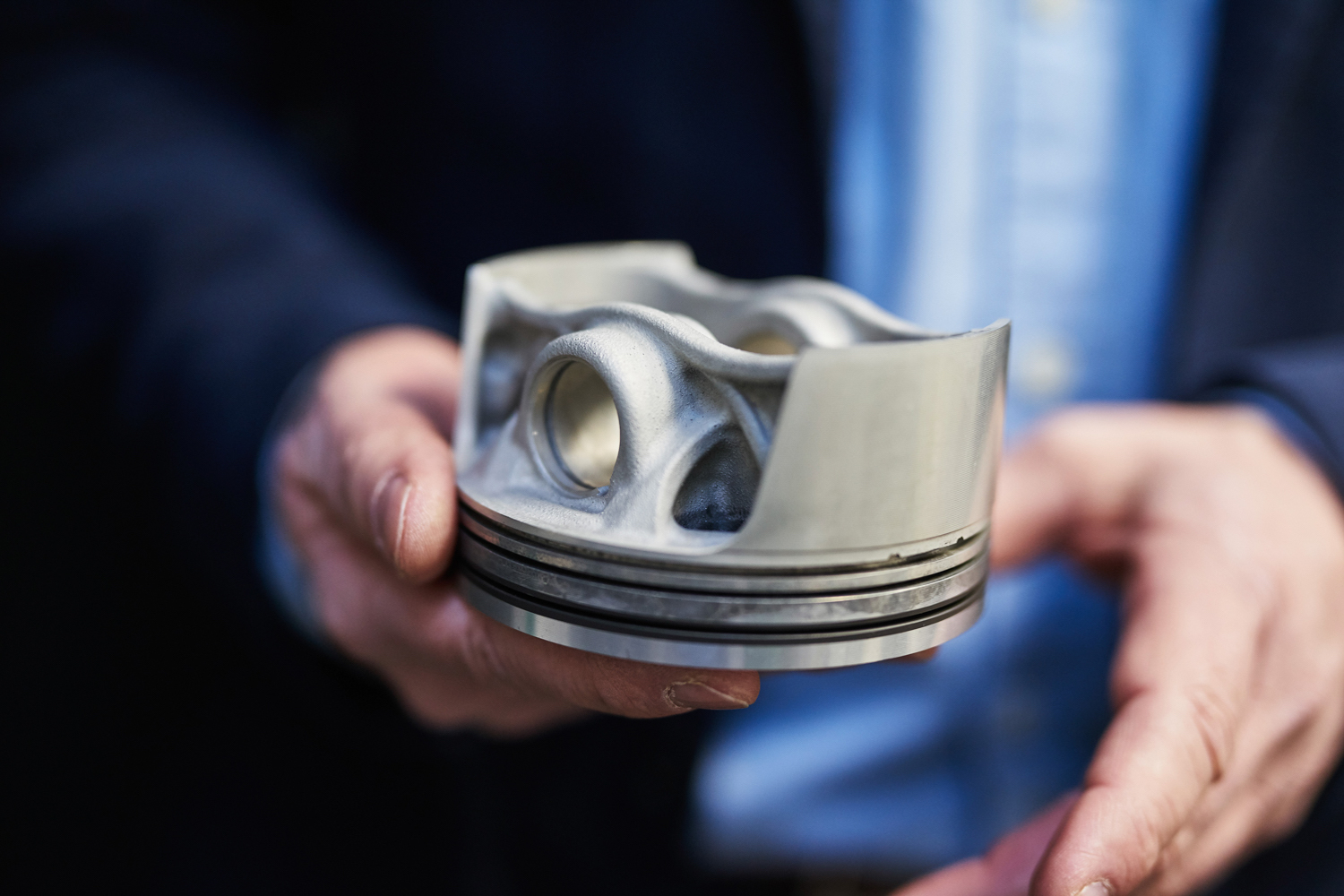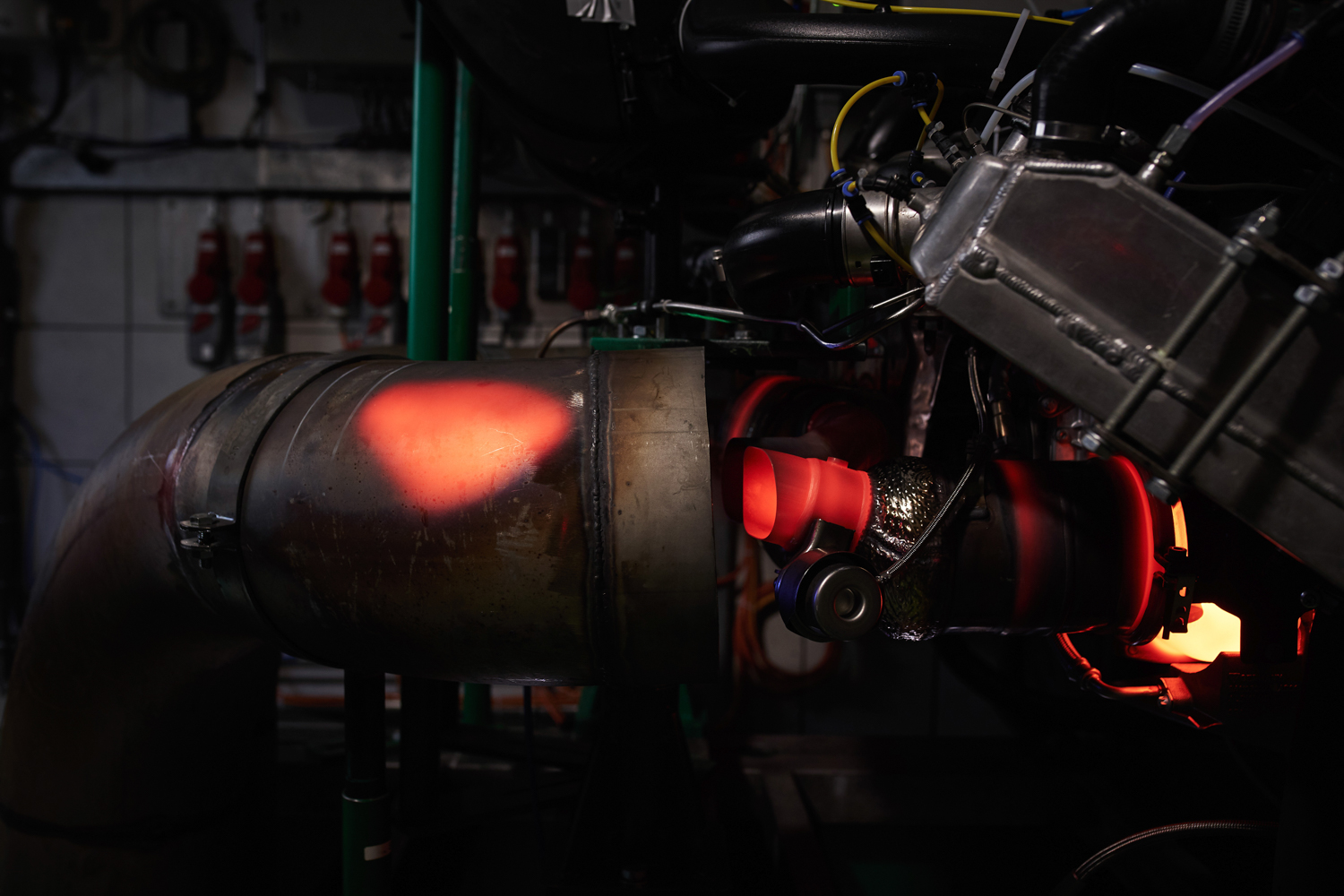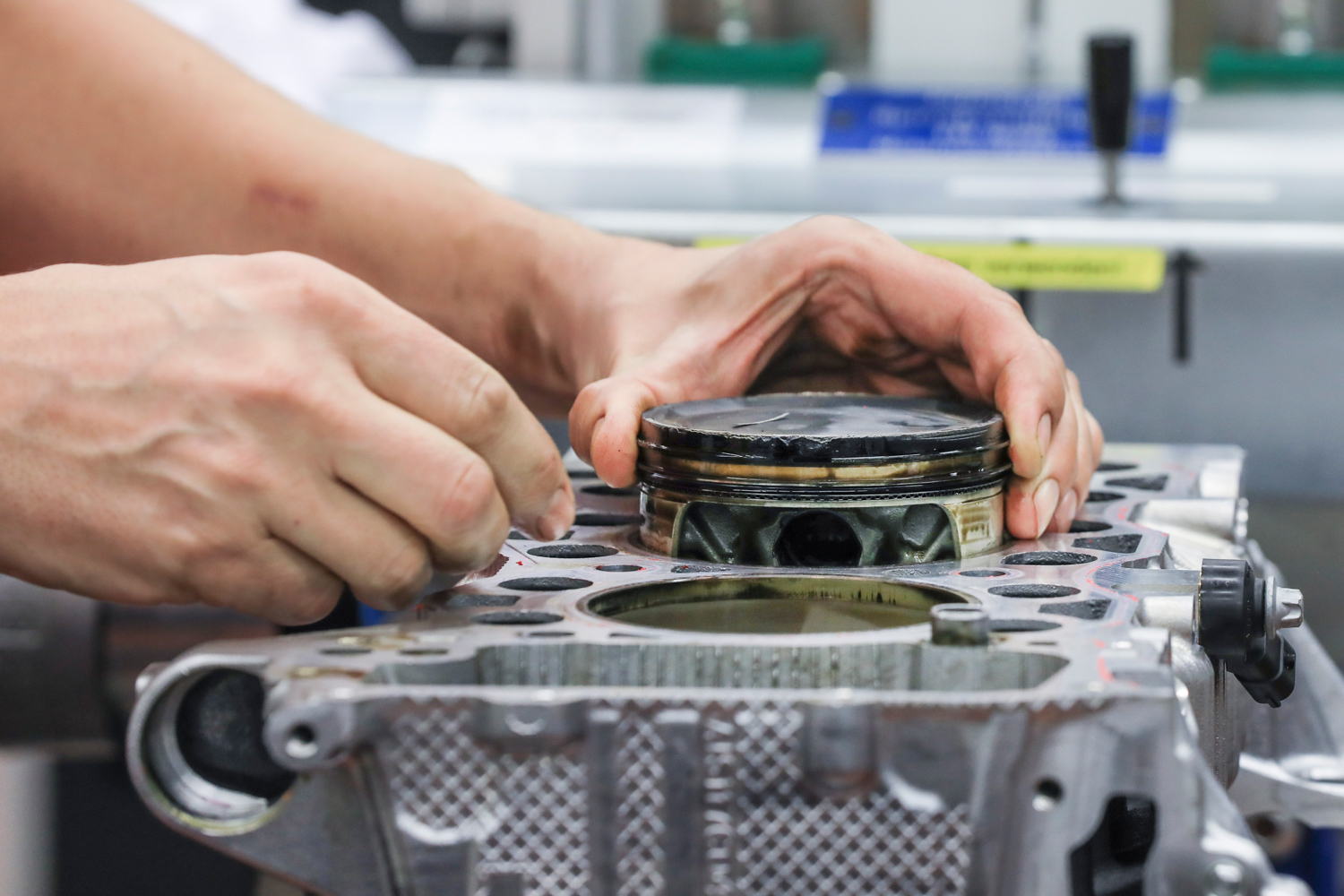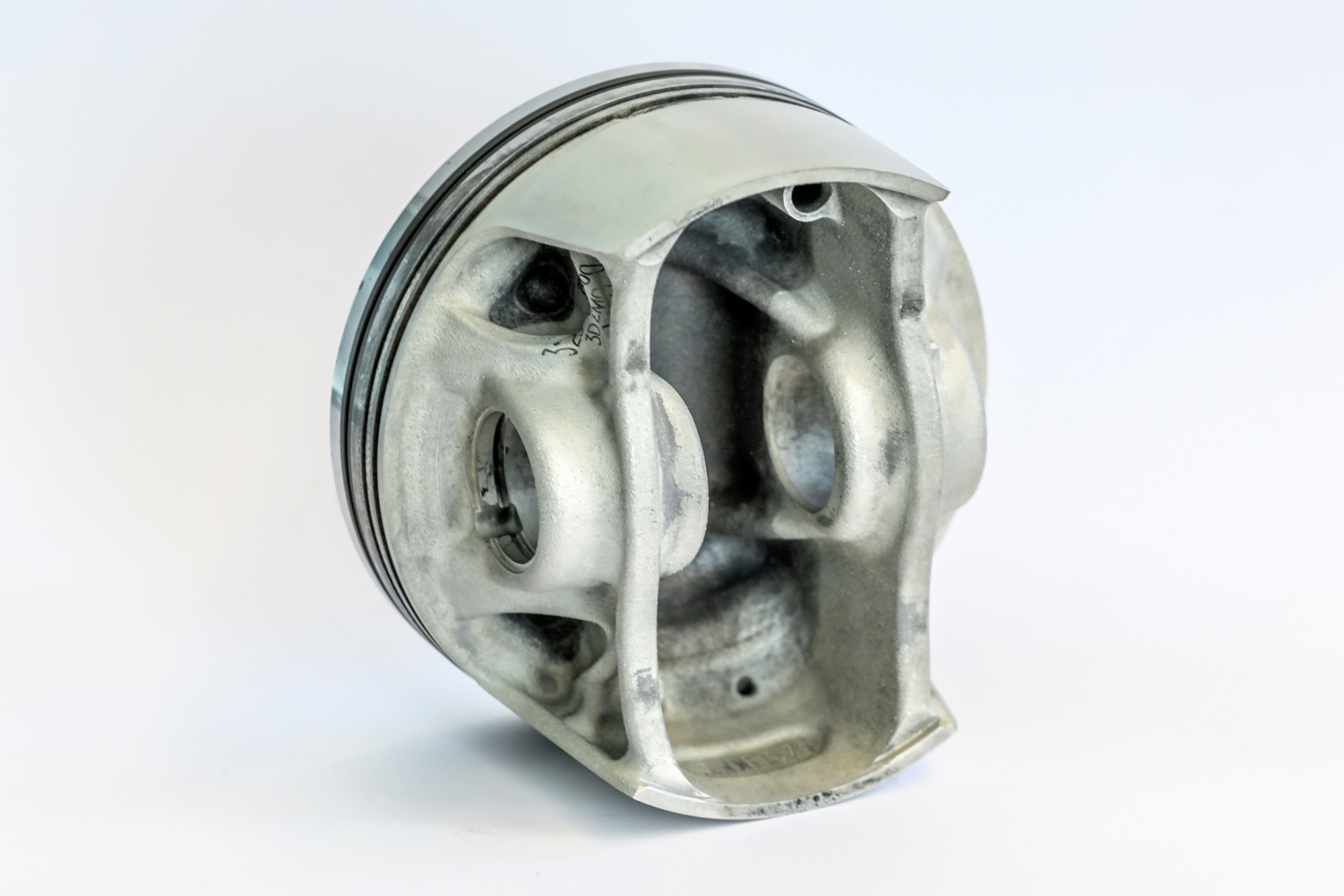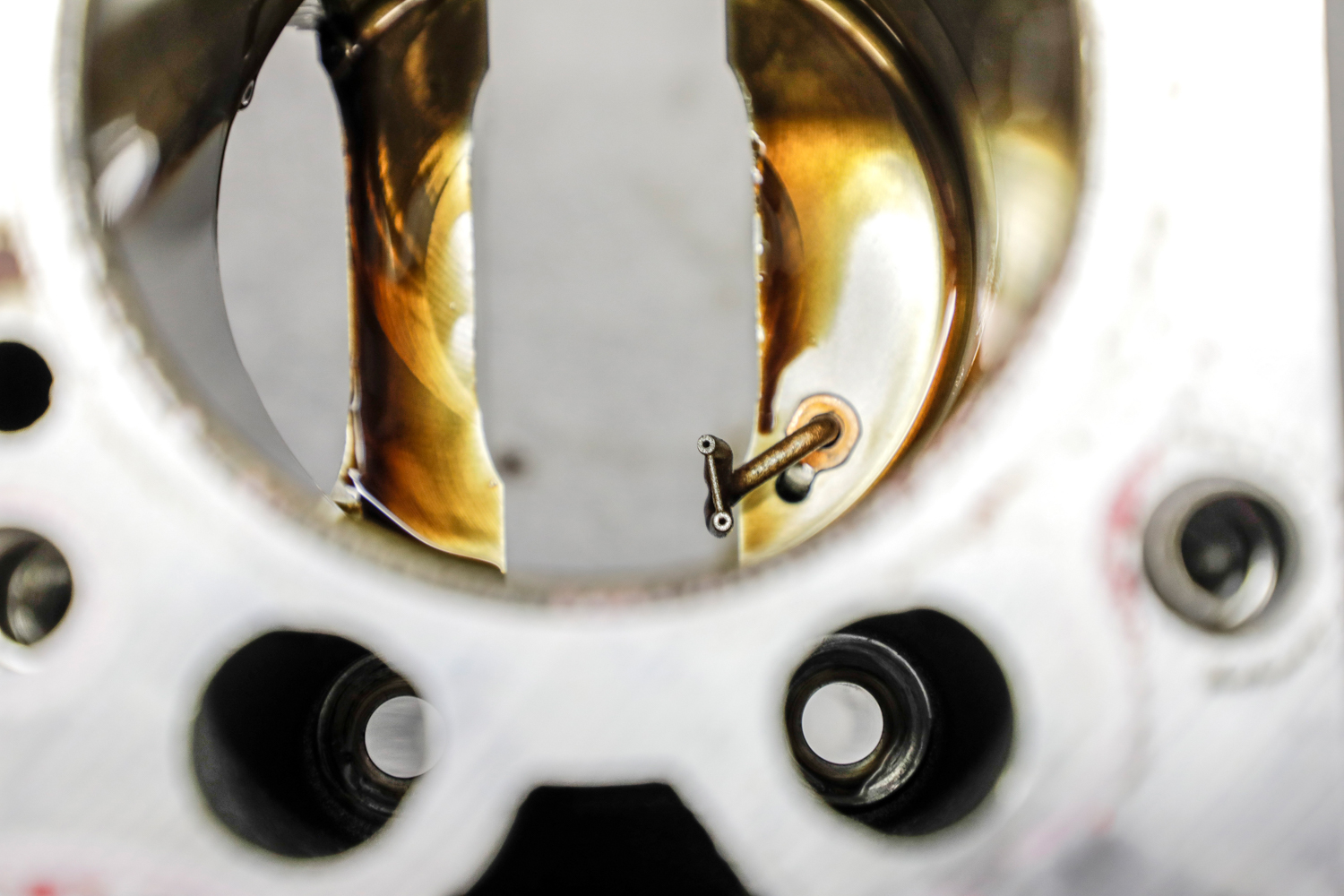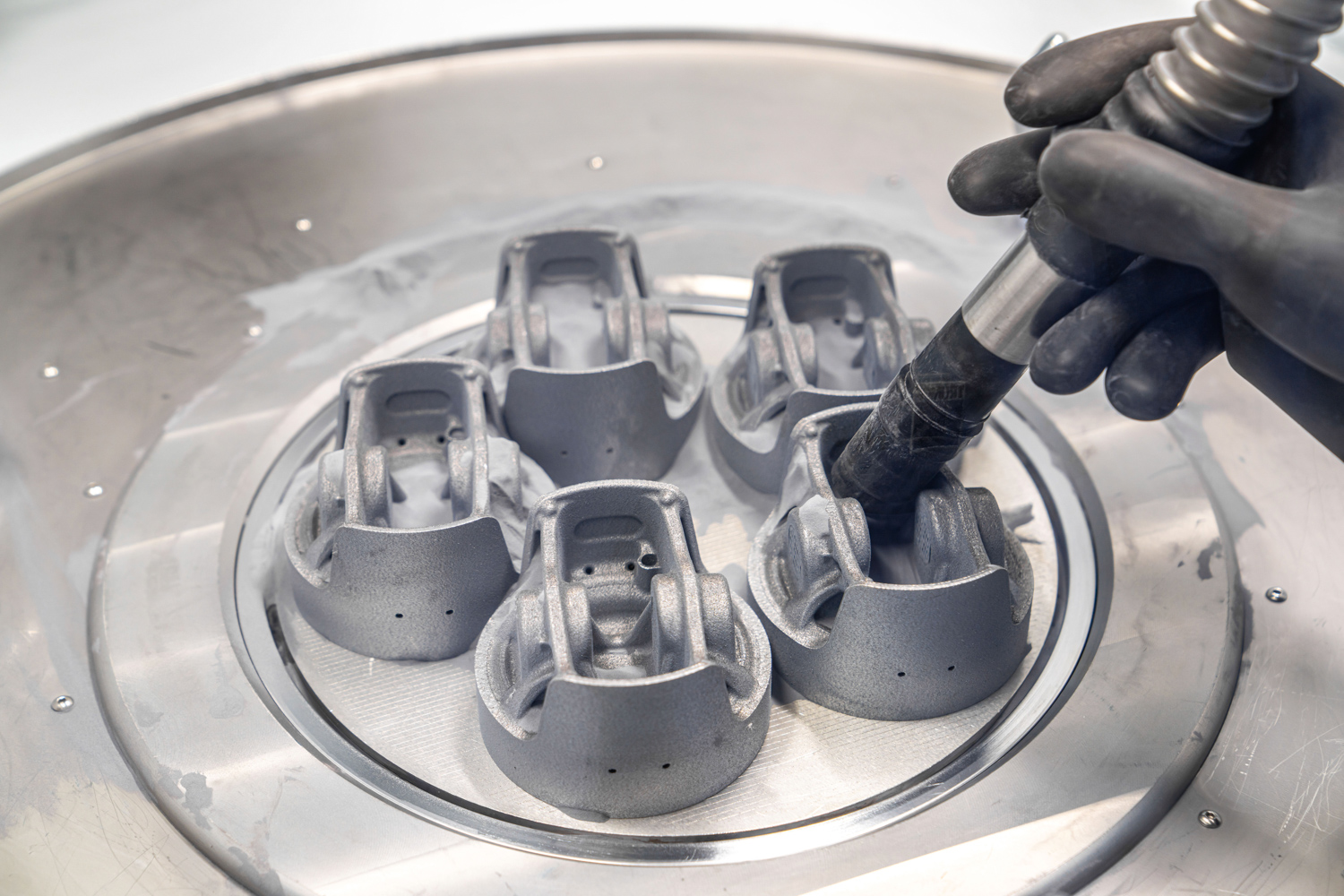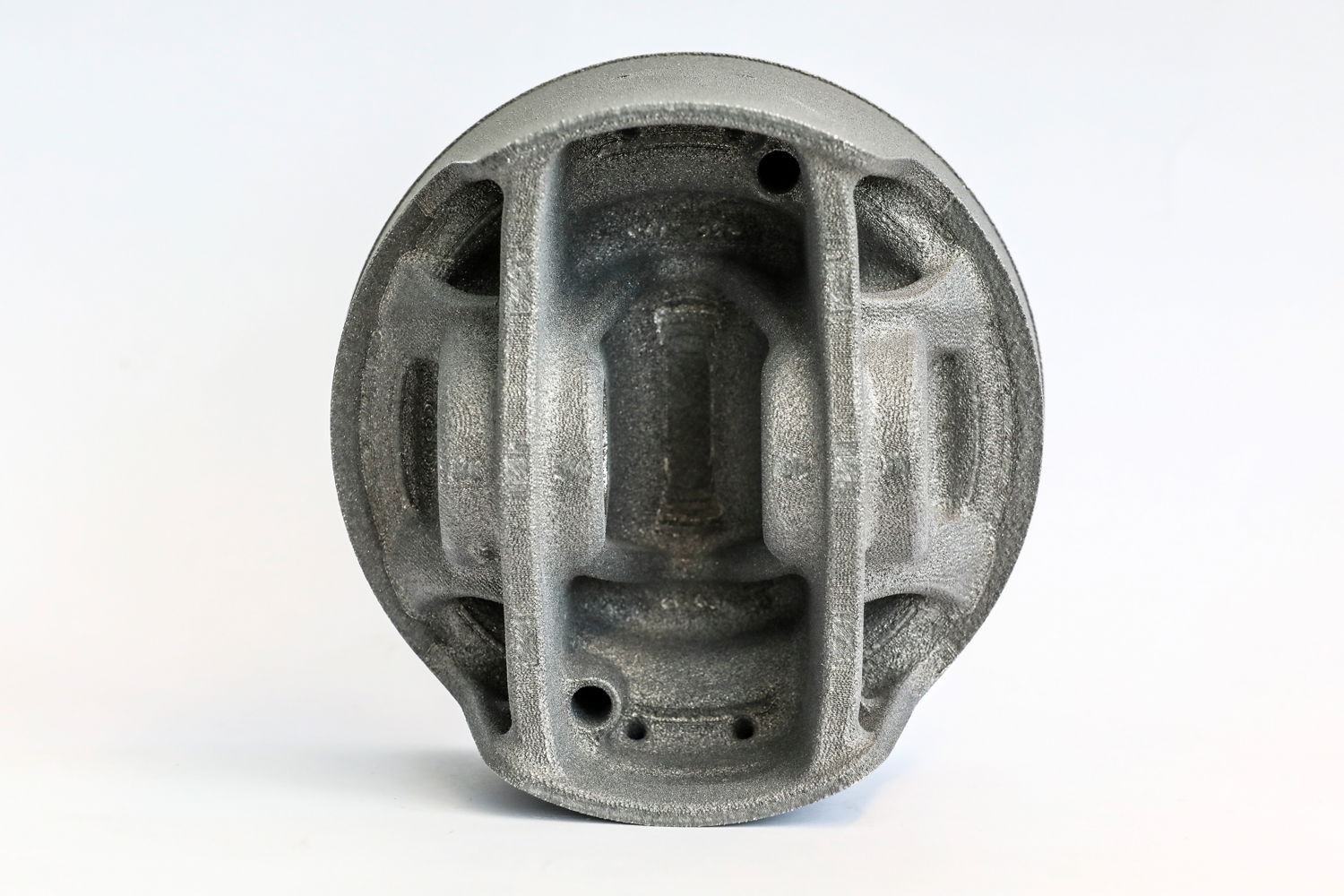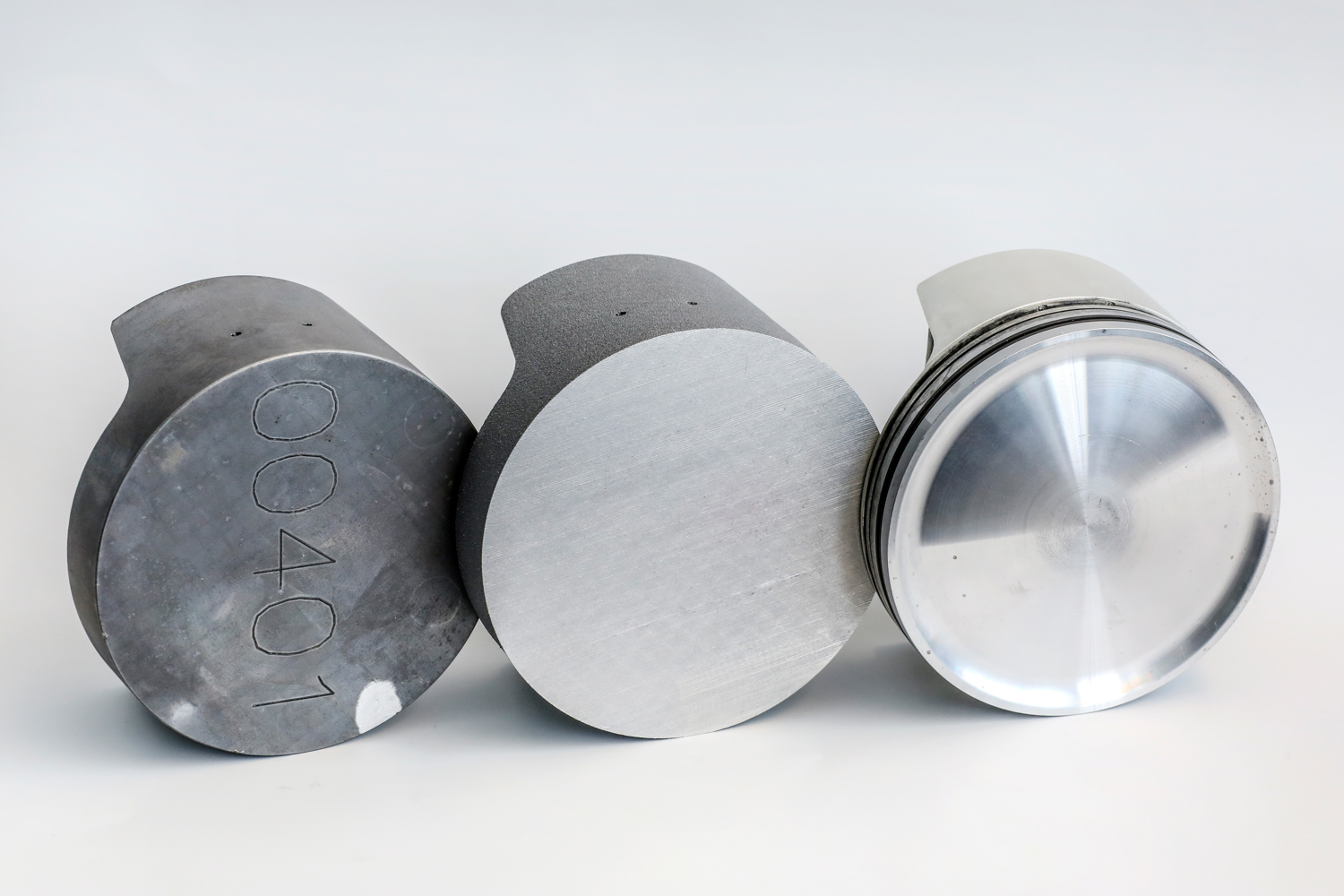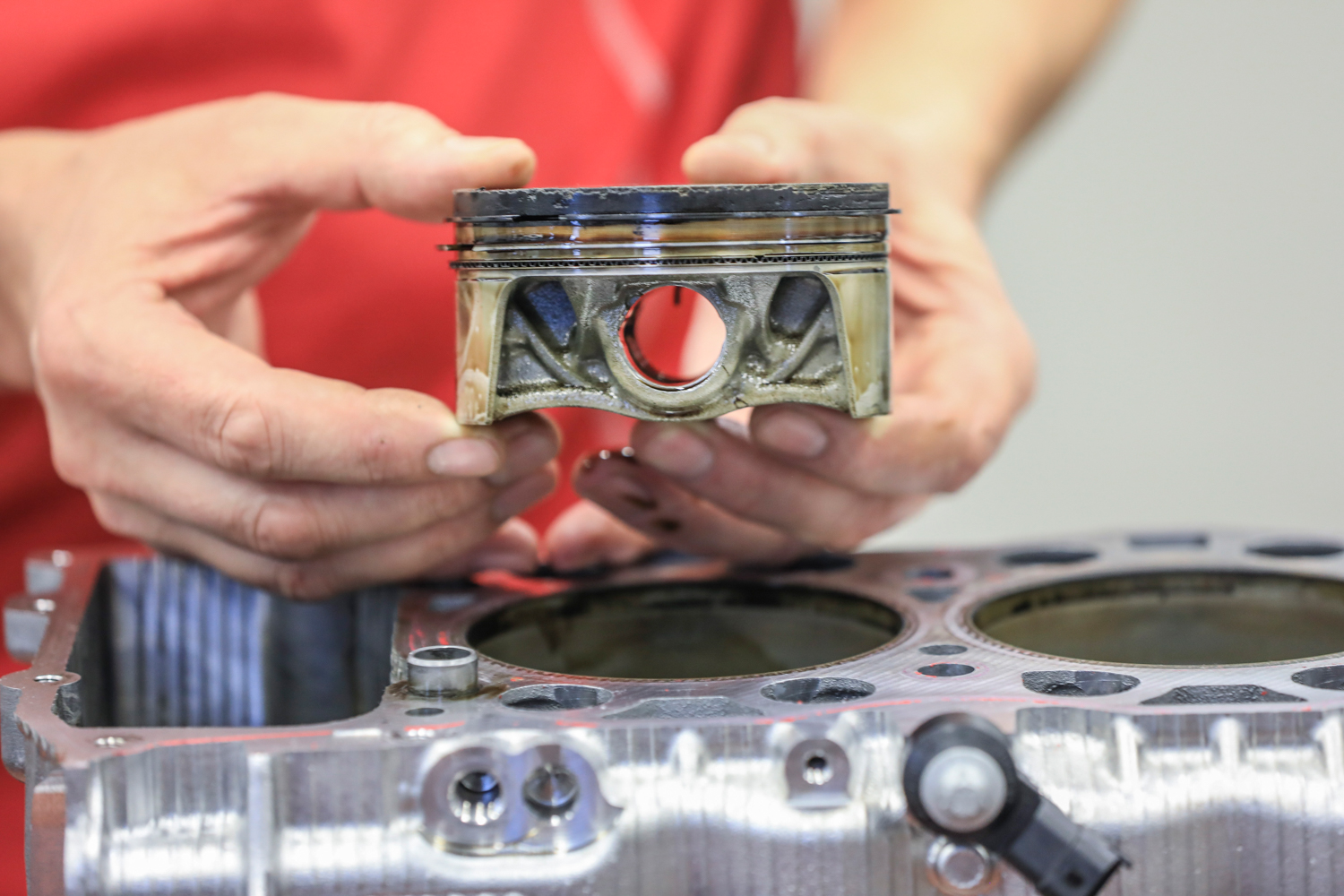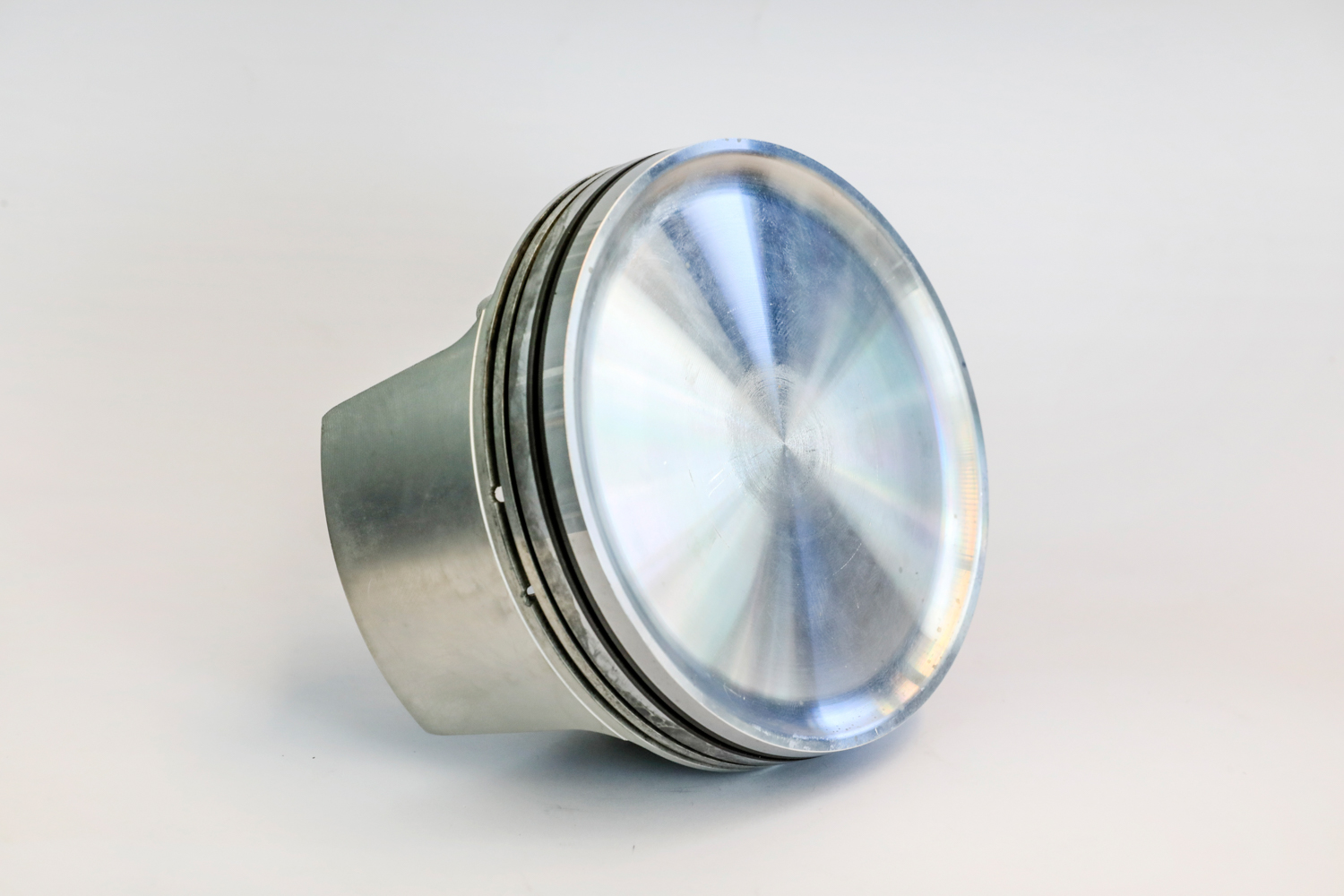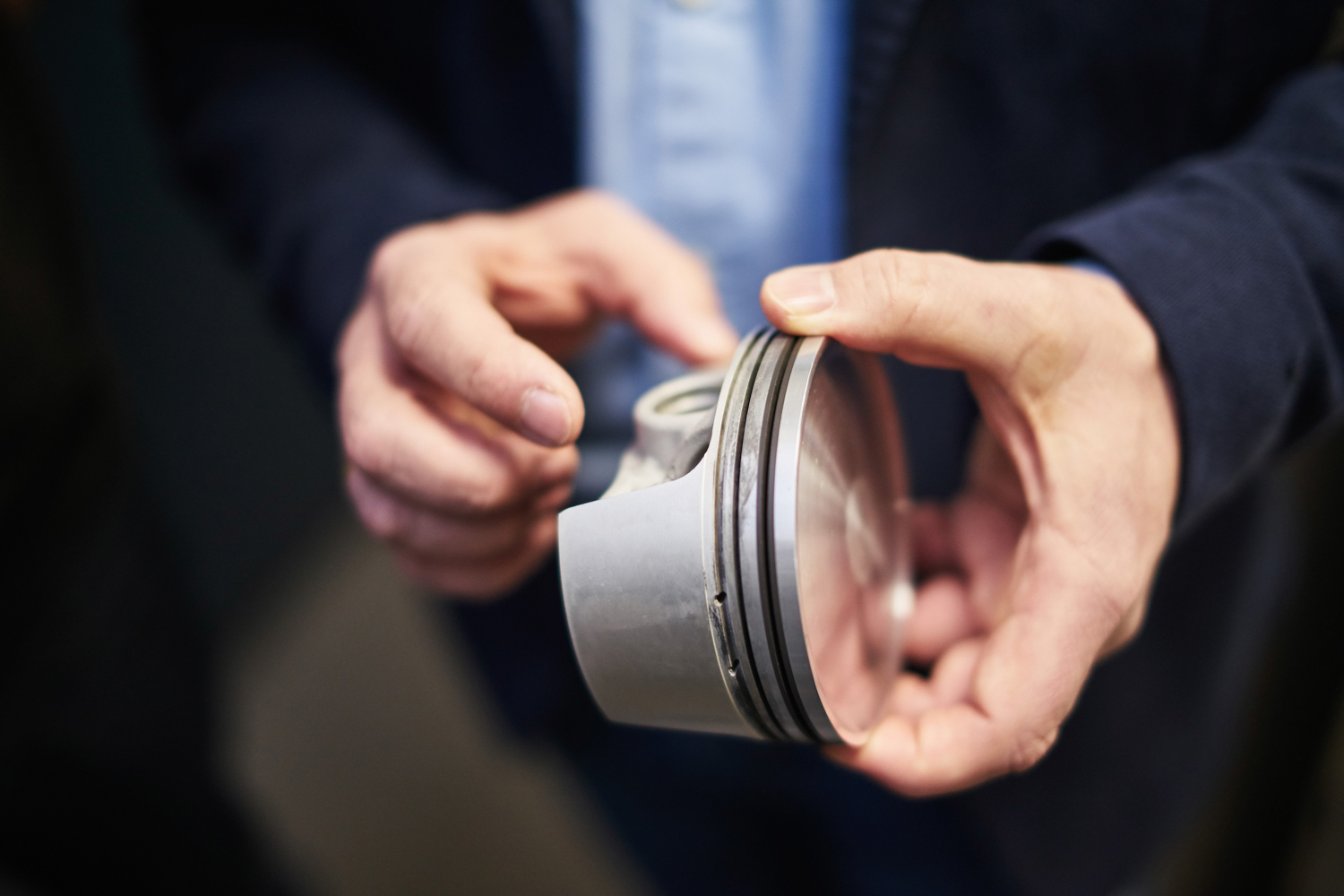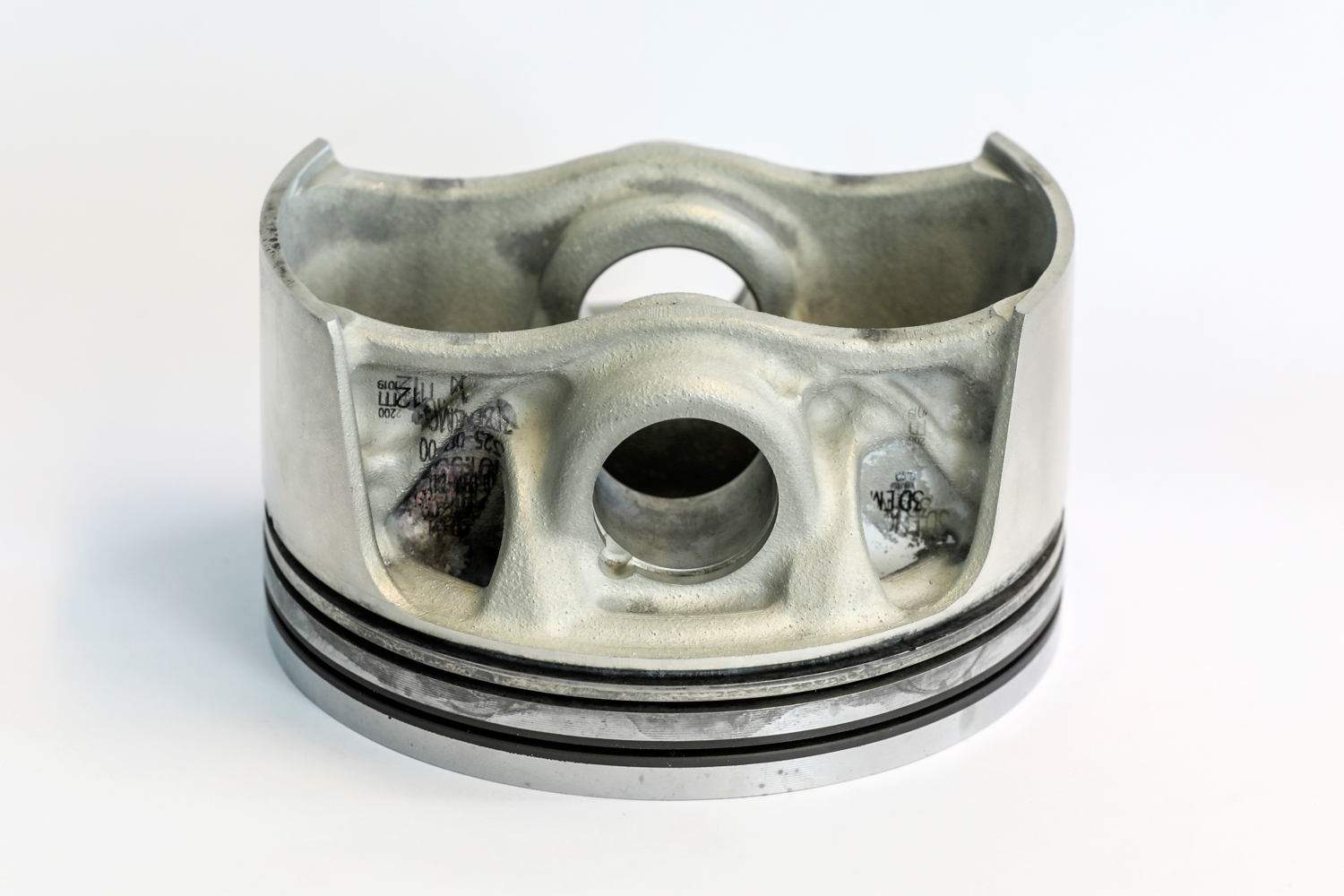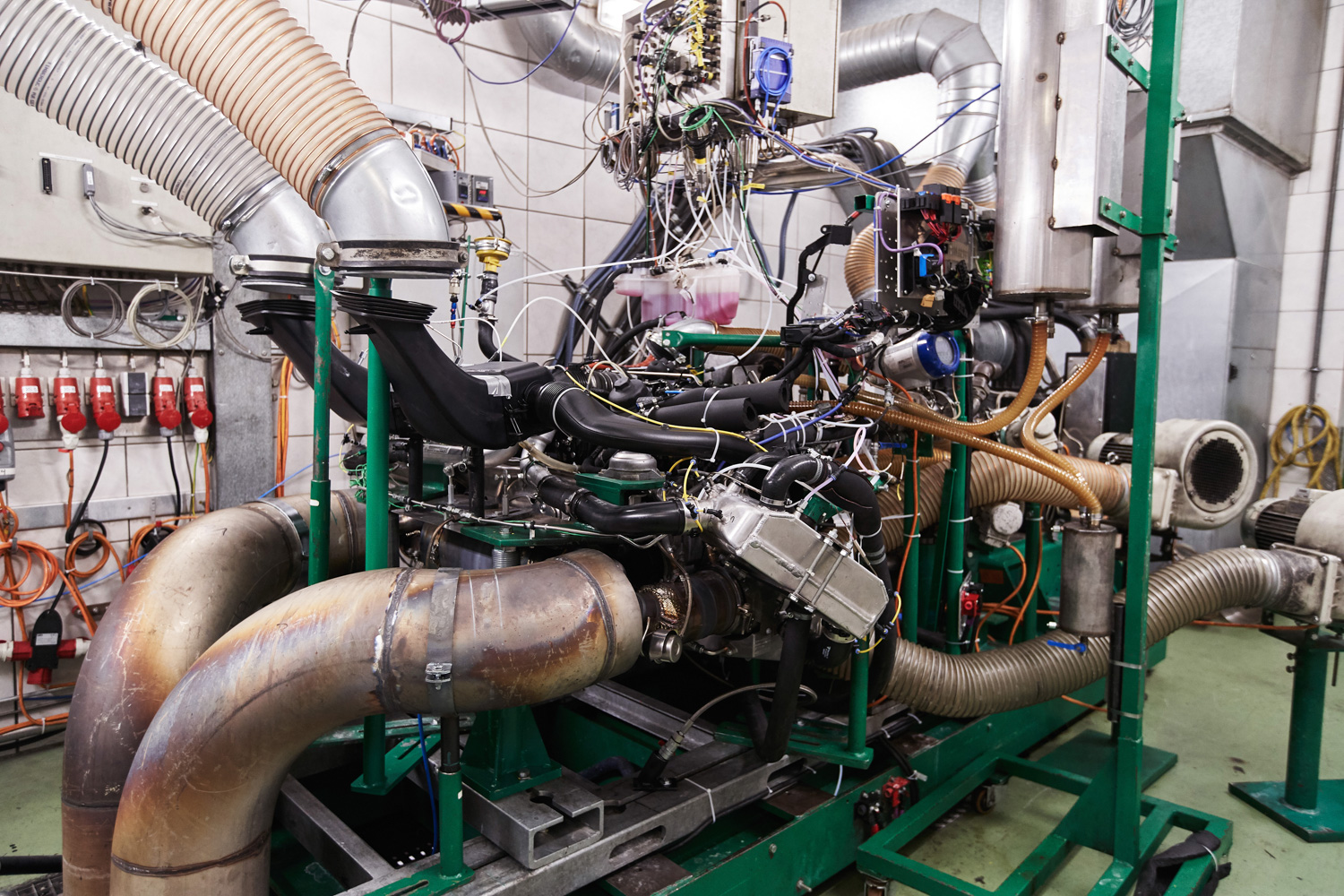We haven't quite gotten to the point of being able to 3D-print an entire car yet, but Porsche has just taken us a significant step closer to that with an announcement that it can now 3D print pistons for its engines.
Pistons destined for the new 911 GT2 RS
Porsche already uses 3D printing to make prototype parts, as well as difficult-to-source components for classic models, but this is the first time that 3D printing has been used to make a major component that's constantly put under high stress. Very high stress, in fact, because these first 3D printed pistons are destined for the engine of the new 911 GT2 RS.
According to Porsche, 3D printing means that the design of the piston can be optimised for that elusive sweet spot between lightness and strength, the upshot of which is that the 3D printed items are some ten per cent lighter than traditional forged pistons. The crown of the piston also has an integrated cooling duct, which Porsche says would not have been possible to make with existing casting methods.
Lighter pistons, faster engine speed
"Thanks to the new, lighter pistons, we can increase the engine speed, lower the temperature load on the pistons and optimise combustion," explains Frank Ickinger from the advance drive development department at Porsche. "This makes it possible to get up to 30hp more power from the 700hp biturbo engine, while at the same time improving efficiency."
Porsche has worked with outside companies, such as Mahle, Trumpf, and Zeiss, to help make perfect printed pistons, and they are manufactured from high-purity metal powder using the laser metal fusion process (LMF). Here, a laser beam heats and melts the powder surface following the instructions of a CAD design sent directly from a computer. "Practically any geometric shape can therefore be realised. The printer can be fed with the design data directly from the computer. Additive manufacturing processes are thus ideal for producing structures that have been designed and optimised by means of artificial intelligence (AI)" says Porsche.
3D printed seats and classic parts
Porsche uses 3D printing in other areas, such as making 'bodyform' (whhhooooaaaa-ooooh, bodyformed for you!) bucket seats for the 911 and 718 Cayman and Boxster. Here, the central section of the seat - the cushion and backrest surface - is partly produced by a 3D printer. Customers will be able to choose between three firmness levels (hard, medium, soft) for the comfort layer in future. Porsche Classic also uses additive processes to reproduce plastic, steel and alloy spare parts that are otherwise long out of production. A release lever for the clutch of the Porsche 959, for example, today comes from a 3D printer. Around 20 reproduced parts for Porsche classic models are currently manufactured using additive processes. Porsche is also using the tech in motorsports, and is investigating using 3D printing to make special bespoke parts to allow customers to customise their cars.

